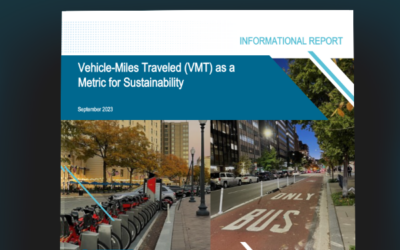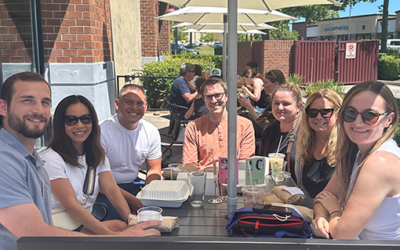
Big Data allows experts to look beyond traditional crash data. Traditional methods are useful in identifying high crash frequency locations; however, the downside is that they are reactive meaning a crash must occur for the data to be collected. Instead, Big Data is allowing practitioners to study a larger number of potential traffic incidents and trouble spots by evaluating specific contributing factors (i.e., driver behavior) to find out what might cause accidents before they happen. As technology improves and the industry shifts towards the use of even more advanced tools like real-time sensors and automated data collection systems, (i.e., Smart Cities), agencies will be able to proactively explore options for using Big Data as they upgrade and expand their existing systems.
To learn more about applying the right data sets to your safety projects, access the brief here. Be sure to tune in to the upcoming ITE webinar featuring ITE Brief co-author, Diwu Zhou, on May 23, 2023.
Contributors

Diwu Zhou
Senior Transportation Engineer
PE, RSP1

Meghan Mitman
RSP2I
Explore More
Gaining Ground with Micromobility
Explore how micromobility and a custom-designed local transportation network can change travel habits, promote sustainability, and enhance safety and resiliency in emergencies.
Using VMT to Promote Sustainability
Discover how VMT is reshaping sustainable transportation planning in ITE’s latest technical brief, with insights from VMT expert Ron Milam.
Empowering Future Talent
And that’s a wrap! Celebrating our interns from this year’s summer internship program! Whether semester-long, summer, or throughout the year – our internships combine fun with skills development, hands-on learning, and professional experience.




